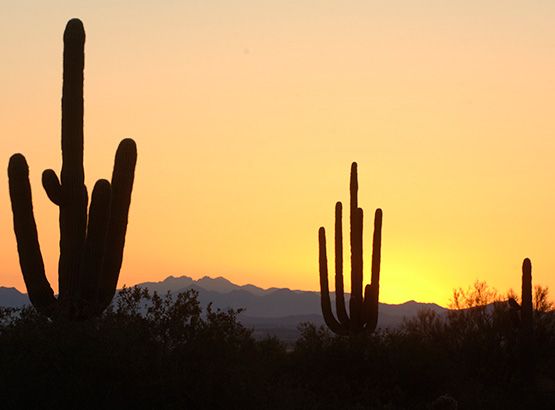Bobcat
Bobcats, sometimes called wildcats, are roughly twice as big as the average house cat. Most bobcats are pale brown or brownish red but coloration can vary slightly in different regions. The chest, belly and inner side of their legs are white with black spots and bars on their legs and chest, and less noticeable spots throughout the body.

About
Bobcats, sometimes called wildcats, are roughly twice as big as the average house cat. Most bobcats are pale brown or brownish red but coloration can vary slightly in different regions. The chest, belly and inner side of their legs are white with black spots and bars on their legs and chest, and less noticeable spots throughout the body. Bobcats have long legs, large paws, a striped ruff of fur on their cheeks, and pointed ears with slight tufts of hair at the tips.
The bobcat’s most distinguishing characteristic, however, is its short, bobbed tail, which has white fur on the underside and a black tip, and usually measures 4-8 inches long. This feature, coupled with the animal’s black spotting, can be used to distinguish bobcats from any other feline in Arizona, wild or domestic.
Life History
Bobcats are polygamous (have more than one mate) and do not form lasting pair bonds. They typically begin breeding at 2 years of age. They breed during winter and spring but may breed a second time, later in the year, if they lose a litter. Kittens are typically born during the spring and early summer months after a gestation period of 50 to 60 days. Females usually choose a secluded den, such as in a hollow tree, log, cave, or rocky crevice, to raise their litter of 2-4 kittens, and will often move their kittens around between multiple den sites. The same den site may be used for several years.

Our Mission
To conserve Arizona’s diverse wildlife resources and manage for safe, compatible outdoor recreation opportunities for current and future generations.
Hunt Regulations
Rules and regulations for hunting in Arizona.
Regulations for spring hunts, fall hunts and pronghorn, elk hunts.
